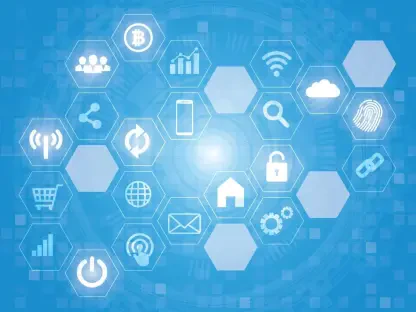Reducing plastic consumption has become a priority for retailers, driven by regulatory changes and increasing environmental awareness among consumers. However, focusing solely on plastic bans can create a one-dimensional approach to sustainability, often overlooking the broader environmental impacts. This narrow perspective risks obscuring the full range of ecological issues posed by packaging materials, creating unintended consequences and possibly shifting the burden to other materials like paper.
The Limitations of Plastic Bans
Legislation targeting plastic use often emphasizes end-of-life disposal without considering the full lifecycle of packaging materials. States like California, Colorado, and Oregon have implemented plastic bag bans, which inadvertently increase reliance on paper bags. While these regulations aim to reduce the visible environmental harm caused by plastic pollution, they fail to address the deeper complexities of sustainability, such as the resource consumption and carbon footprint associated with alternative materials.
This shift to paper can lead to deforestation and other environmental concerns if not managed responsibly. It is essential to understand that not all paper is created equal, and a wholesale shift from plastic to paper can introduce new sustainability challenges. Replacing plastic with conventional paper without considering the source and production methods of the paper may result in significant deforestation, loss of biodiversity, and increased greenhouse gas emissions. Sustainable packaging solutions must take into account the full environmental costs associated with different materials.
Fostering a Balanced Approach
Policymakers should implement a more comprehensive strategy that includes promoting curbside recyclability and imposing fees on virgin paper usage. Such measures encourage brands to adopt more sustainable packaging choices without exacerbating ecological impacts. By creating incentives for the use of recycled and sustainably sourced materials, regulators can help shift the market towards environmental sustainability. This approach also helps build a more resilient recycling infrastructure, reducing waste and conserving resources.
Understanding the different environmental footprints of recycled paper, agricultural waste paper, FSC-certified paper, and uncertified virgin paper is crucial. Policymakers must ensure that regulations reflect these differences and drive demand for more sustainable paper sources. Encouraging the use of recycled content can significantly reduce the ecological toll of paper production, while alternative fibers like those from agricultural residues or sustainably managed forests offer additional pathways to lower the environmental impact of packaging.
The Rising Demand for Paper Products
The pulp and paper industry is a significant contributor to environmental degradation, with global paper demand projected to rise substantially. This growth underscores the need for thoughtful policies that ensure increased paper consumption does not come at the expense of forests and ecosystems. As the market for paper and paperboard continues to expand, reaching projected values of $452.74 billion by 2032, regulatory measures must be designed to balance the demand for paper products with sustainable sourcing practices.
By incorporating fees for virgin paper from unsustainable sources, alongside plastic bans, we can incentivize the use of recycled content and innovative alternatives like non-tree fibers. This approach balances the environmental load between different materials. Introducing economic mechanisms, such as taxes on virgin paper or subsidies for recycled content, can drive market behavior towards more sustainable practices. Such measures would not only reduce dependency on virgin fibers but also stimulate innovation within the industry to develop less ecologically harmful materials.
Exploring Innovative Alternatives
Brands can lead the way by investing in alternative packaging solutions, such as those made from agricultural waste, hemp, or seaweed. These innovations show promise in reducing landfill waste and environmental impact. Exploring such novel materials and integrating them into mainstream packaging offers a path towards reducing reliance on traditional packaging options that exert heavy ecological tolls. By promoting a diversified fiber basket, companies can contribute to a more sustainable packaging ecosystem.
EcoEnclose’s collaboration with Sway to create polybags incorporating seaweed is a practical example of sustainable innovation. Such advancements demonstrate viable options for retailers seeking environmentally responsible packaging solutions. These innovative materials often come with additional benefits, such as biodegradability, lower carbon footprints, and enhanced resource efficiency. Companies that pioneer these alternatives not only showcase environmental leadership but also respond to growing consumer demand for sustainable products.
Encouraging Comprehensive Policies
Reducing plastic use has become a key concern for retailers due to regulatory changes and growing consumer awareness about the environment. However, concentrating solely on banning plastic can lead to a limited approach to sustainability, often missing the wider environmental impacts. This narrow focus risks overlooking the full range of ecological issues caused by various packaging materials. It also creates the potential for unintended consequences, such as shifting burdens onto other materials like paper, which may also have significant environmental impacts. For a truly sustainable approach, it is crucial to evaluate all aspects of packaging materials and their environmental footprints. This means not just looking at plastics but considering the entire lifecycle and impact of alternatives, ensuring a holistic view that addresses overall sustainability goals. In doing so, retailers can make more informed decisions that genuinely benefit the environment, rather than simply replacing one problem with another.









